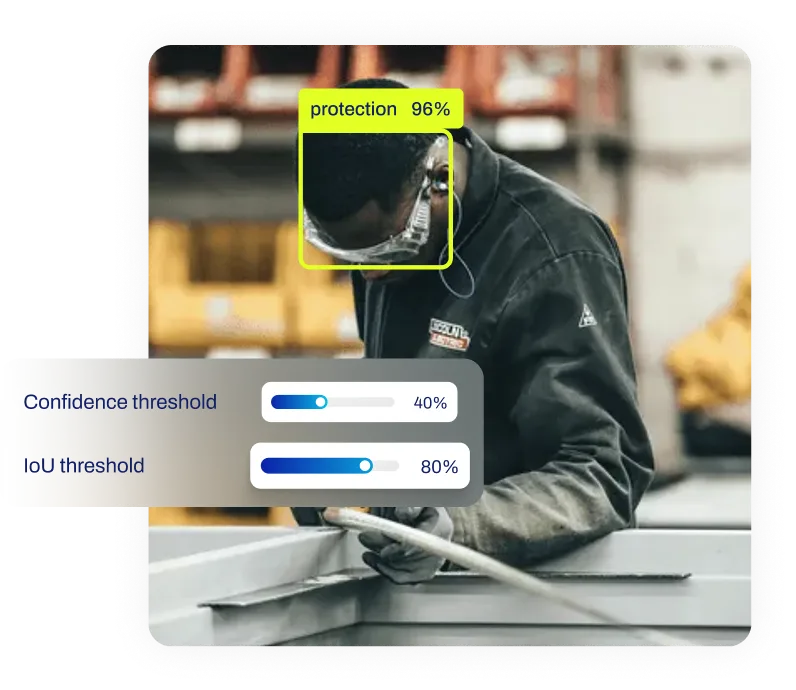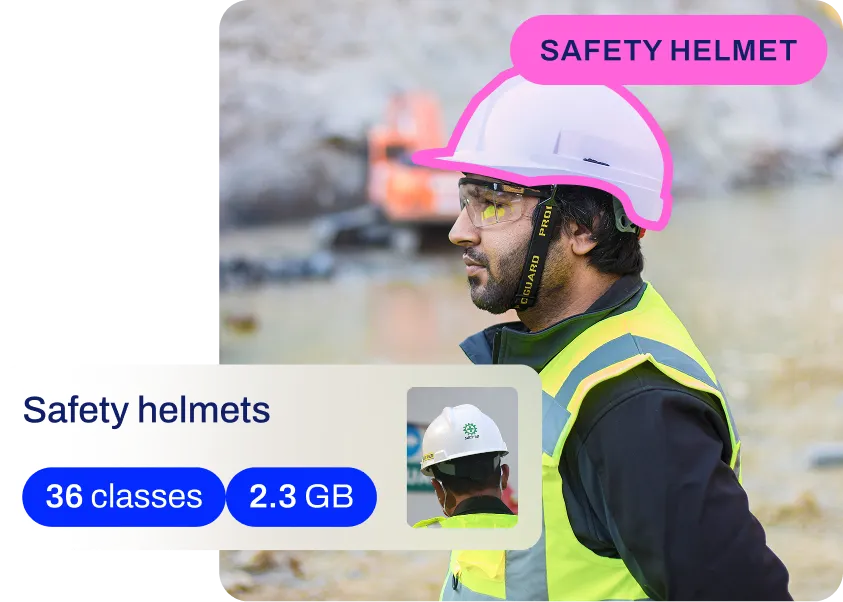Time Series Analysis
Unlock the power of Time Series Analysis to forecast trends, detect anomalies, and optimize AI/ML applications across industries.
Time series analysis is a statistical technique used to analyze a sequence of data points collected, recorded, or
observed at successive, equally spaced intervals of time. Unlike static datasets where the order of observations may
not matter, time series data relies heavily on chronological ordering to identify underlying structures such as
trends, seasonality, and cyclic patterns. This method is a cornerstone of
predictive modeling, allowing data scientists
and engineers to forecast future events based on historical behaviors. It is widely utilized across various domains,
from tracking stock market fluctuations to monitoring
data center security
metrics.
Key Components and Techniques
To effectively interpret time-dependent data, analysts must decompose the series into its constituent parts.
Understanding these components is essential for selecting the right
machine learning (ML) architecture.
-
Trend Analysis: This involves identifying the long-term direction of the data, whether it is
increasing, decreasing, or remaining stable. For instance,
climate change monitoring
relies on trend analysis to track global temperature rises over decades.
-
Seasonality and Cycles: Many datasets exhibit repeating variations at specific intervals, such as
holiday sales spikes or daily temperature fluctuations.
Fourier Transform is a mathematical tool often used to
identify these frequency-based patterns.
-
Noise and Irregularity: Random variations that do not follow a pattern are considered noise.
Advanced deep learning (DL) models are designed
to filter out this noise to focus on significant signals.
While traditional statistical methods like
ARIMA (AutoRegressive Integrated Moving Average) remain popular,
modern AI approaches leverage
Recurrent Neural Networks (RNNs) and
Long Short-Term Memory (LSTM) networks.
These architectures are specifically engineered to remember long-term dependencies in sequential data.
Real-World AI/ML Applications
Time series analysis is critical for industries that require accurate forecasting to optimize operations and reduce
risk.
-
Demand Forecasting in Retail: Retailers utilize
AI in Retail to predict inventory requirements. By
analyzing time series data of past sales, businesses can optimize supply chains, reducing both overstock and
stockouts. Tools like Facebook Prophet are often employed to
handle the strong seasonal effects seen in retail data.
-
Healthcare Vitals Monitoring: In the medical field,
AI in Healthcare systems continuously monitor
patient vitals such as heart rate and blood pressure. Time series algorithms can perform
anomaly detection to alert medical staff
immediately if a patient's metrics deviate from their normal historical baseline, potentially saving lives.
-
Predictive Maintenance: Manufacturing plants use sensors to collect vibration or temperature data
from machinery over time. By applying
AI in Manufacturing, companies can predict
equipment failure before it happens, minimizing downtime.
Generating Time Series from Computer Vision
While time series analysis is distinct from
Computer Vision (CV)—which focuses on spatial
data like images—the two fields often intersect. A CV model can process video streams to generate time series data.
For example, an object counting system running on a
traffic camera produces a sequential count of cars per minute.
The following example demonstrates how to use
Ultralytics YOLO11 to track objects in a video, effectively
converting visual data into a time series of object counts.
from ultralytics import YOLO
# Load the YOLO11 model for object tracking
model = YOLO("yolo11n.pt")
# Track objects in a video stream (generates time-series data)
# The 'stream=True' argument returns a generator for memory efficiency
results = model.track("path/to/traffic_video.mp4", stream=True)
# Process frames sequentially to build a time series of counts
for i, r in enumerate(results):
if r.boxes.id is not None:
count = len(r.boxes.id)
print(f"Time Step {i}: {count} objects detected")
Distinction from Related Terms
It is important to differentiate Time Series Analysis from Sequence Modeling and
Computer Vision.
-
Time Series vs. Sequence Modeling: While all time series are sequences, not all sequences are time
series.
Natural Language Processing (NLP)
deals with sequences of words where the order matters, but the "time" element is abstract. Time series
analysis specifically implies that the data is indexed by time.
-
Time Series vs. Computer Vision: CV deals with interpreting visual inputs (pixels). However,
techniques like Video Understanding bridge
the gap by adding a temporal dimension to visual analysis, often using
Transformers to understand how visual content changes
over time.
Tools and Resources
Practitioners have access to a wide array of software for performing time series analysis. For data manipulation,
Pandas is the industry standard in Python. For building predictive models,
libraries like Scikit-learn provide basic regression tools, while
frameworks like PyTorch and
TensorFlow are essential for training complex deep
learning models like LSTMs or Transformers. To visualize the results,
Data Visualization libraries such as
Matplotlib are indispensable for communicating trends to stakeholders.










.webp)